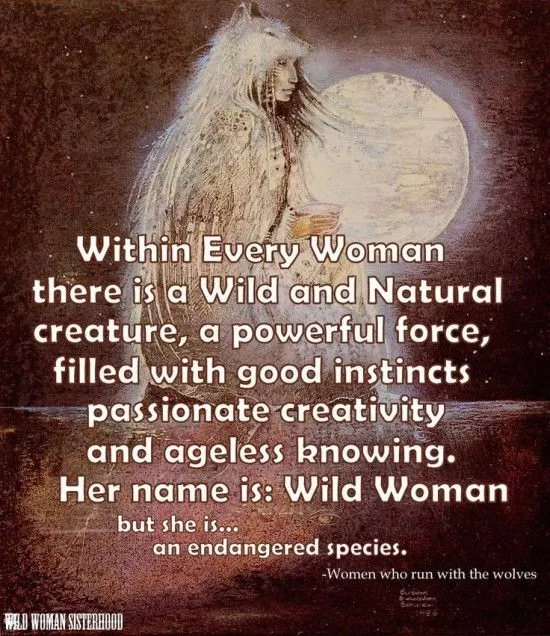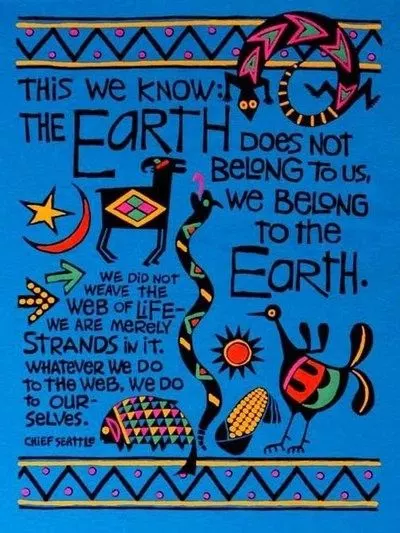“You hurt yourself on the outside to try and kill the thing on the inside.” ~ Unknown
Pain is something every single one of us will have to deal with to some extent or another in our lives.
For some, experiencing life circumstances that don’t seem to go the way they had planned, emotions brought upon because of dysfunctional relationships, loss of some sort, or just low self-worth, causes them to turn the finger of blame around on themselves.
For an ego that feeds on the belief that it is less than others, 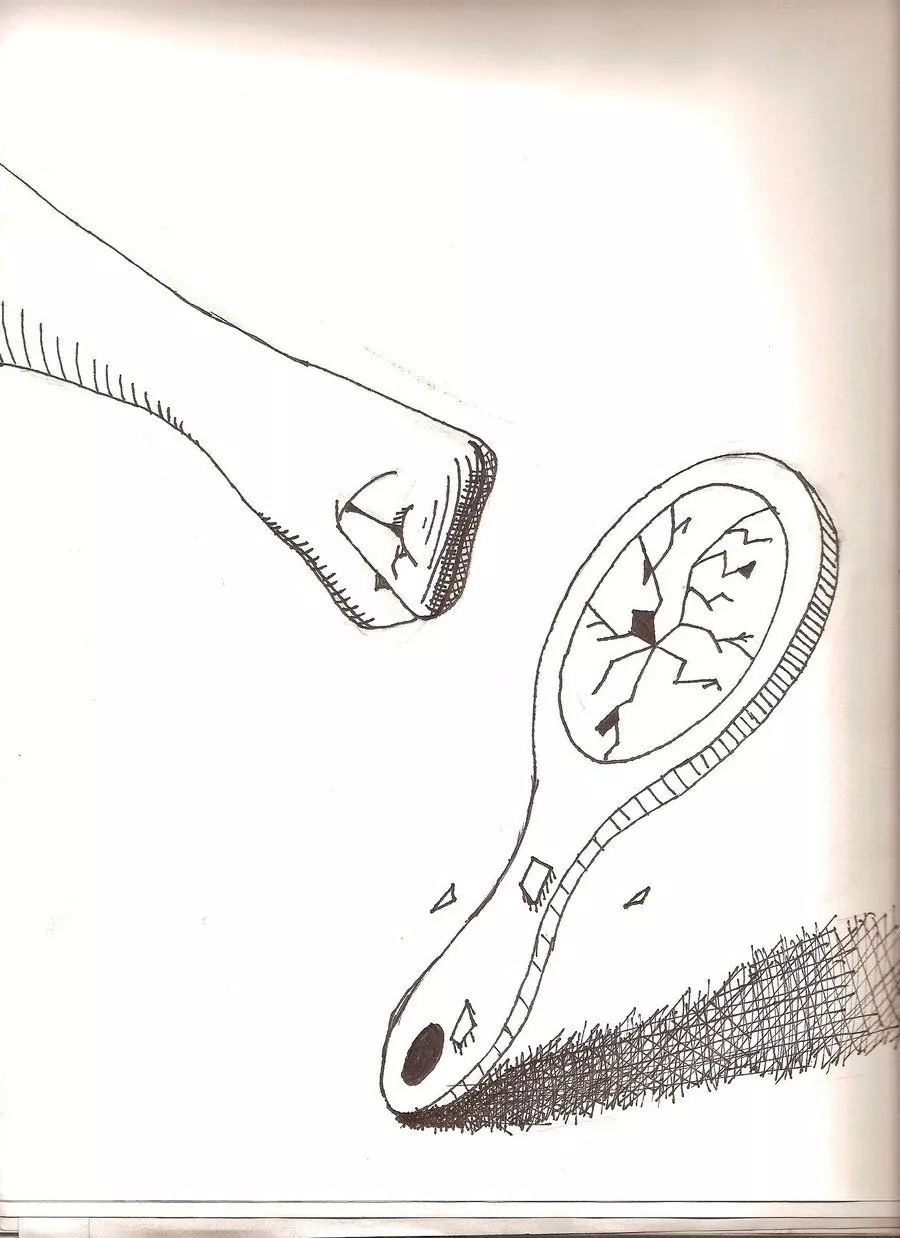 a seemingly negative circumstance is used as another opportunity to reinforce this belief.
a seemingly negative circumstance is used as another opportunity to reinforce this belief.
Rather than searching for the bigger purpose behind the circumstances that they find themselves in, such as, “maybe all things happen in order to move me forward or to create space for me to manifest new situations that are better suited to me”, it believes that they once again have been the cause of such negativity. They may see themselves as unworthy, not good enough, or a failure among many other things.
As blaming ourselves begins to become the go-to reason behind everything, it may snowball into an even bigger issue, self-abuse. When a person begins to become repeatedly disheartened by the situations they find themselves in, they may begin to punish the one that they see as the problem.
This punishment may take a variety of different forms and may vary in severity. For example, one person may berate themselves in their own mind by criticizing themselves. While another person may turn to cutting themselves or even taking drugs as a way to either run from the pain or to abuse themselves.
Regardless of what the form of self-abuse is, turning on ourselves in an effort to make ourselves feel something that we are not naturally doing or feeling, is the one thing that perpetuates the problem.
While you may have heard the term “the cycle of abuse,” in connection with people who are in abusive relationships, it is actually quite common for people to experience that within their own being.
These feelings of inadequacy cause the person to partake in a self-destructive behavior. They begin to feel ashamed or guilty because of it and may attempt to stop or promise themselves they won’t do it anymore. But as soon as another painful situation or feeling triggers the inferior ego to turn on itself again, the cycle begins to start all over.
So how does someone break the cycle? How do you get off the merry-go-round of self-destructive behaviors into a space where these types of behaviors are not our natural reaction?
Cultivate Compassion
“Compassion isn’t some kind of self-improvement project or ideal that we’re trying to live up to. Having compassion starts and ends with having compassion for all the unwanted parts of ourselves, all those imperfections that we don’t even want to look at.” ~ Pema Chodron
 Oddly enough, when things are not going our way or we are experiencing some sort of painful feeling that we do not want to feel, we don’t realize that these instances are the times where we deserve more love, not less.
Oddly enough, when things are not going our way or we are experiencing some sort of painful feeling that we do not want to feel, we don’t realize that these instances are the times where we deserve more love, not less.
If a friend or a family member came to us with a genuine problem or sad emotion, would we tell them that they were to blame for everything and they should be ashamed of themselves for being sad or feeling bad? I would hope not.
We would most likely hug them or offer them some encouraging words and tell them that everything was going to be ok. So why do we not offer ourselves the same level of empathy?
Compassion for our own selves is one of the, if not the very most, important thing that a person can do that will help them come into harmony with life.
Until we offer compassion to the emotional parts of ourselves that we have judged, avoided and shunned, they will stay floating around in our energy field, waiting for the light of our awareness to liberate them. And healing won’t occur in an environment of judgment and self-hatred.
When we are fighting with our own hearts, judging our emotions or behaviors as “bad”, we only perpetuate the war within our own being. In order to truly transform and eventually heal the unhealed emotions, it must be met with more love, kindness and empathy .
Self Inquire, Do Affirmations
Once we have gotten our hearts to accept each emotion as it is, we can start the process of self-inquiry. This may require you to become hyper vigilant about the feelings or situations that lead to the self-abuse.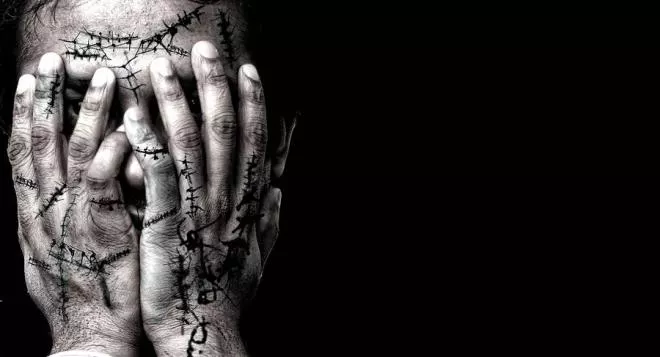
You may write down on paper which emotions or life circumstances seem to be the catalysts and use that as a reason to partake in the self-destructive behaviors. You will notice the beliefs about yourself are being brought to light through these emotions.
After you have pinpointed what negative belief systems are causing you to turn on yourself, you can then begin to bring awareness to them which will start the unraveling process.
Your higher self knows it’s own power and magnificence. When the conscious mind becomes aware of a thought pattern that is out of alignment with the magnificence that you truly are, it sends you signals and cues that this belief is not in alignment.
The truth will always feel good, so if the belief is “I am unworthy, a failure, or a terrible person,” the feeling of contraction or fear in your body at the onset of such thoughts is the universe saying, “this belief is not true.”
Once these beliefs have been determined, you can then begin to affirm to yourself the exact opposite – “I am worthy of love,” “I am love,” or “I am always doing everything perfectly, even if it feels like I’m not.”
Soon the inferior ego complex begins to feel safe enough to believe that it is amazing, worthy, successful, or important. And when an ego structure begins to believe in it’s own worth, self-destructive behaviors are no longer necessary.
Simply put, the more loving you become to your own self, the more your behaviors will reflect your beliefs simply as a natural by-product.
“A moment of self-compassion can change your entire day. A string of such moments can change the course of your life.” ~ Christopher Germer
 The most important thing to remember within all behaviors in life is that we are always doing the best we can. Always. No one wants to be angry, no one wants to abuse themselves or to hate themselves, but these things happen. And they happen to the best of us.
The most important thing to remember within all behaviors in life is that we are always doing the best we can. Always. No one wants to be angry, no one wants to abuse themselves or to hate themselves, but these things happen. And they happen to the best of us.
Making peace with the fact that sometimes pain is hard to deal with and sometimes we do things that we regret later or that we don’t know how to stop doing. During these times, offering ourselves more acceptance and compassion helps us to form an almost parent/child relationship with our own heart.
We are tending to our own wounds and hurts like we would to a loved one and because this feeling inside of us is being offered love instead of judgment, it begins to energetically transform on its own. As always, love is the best medicine.
Image source

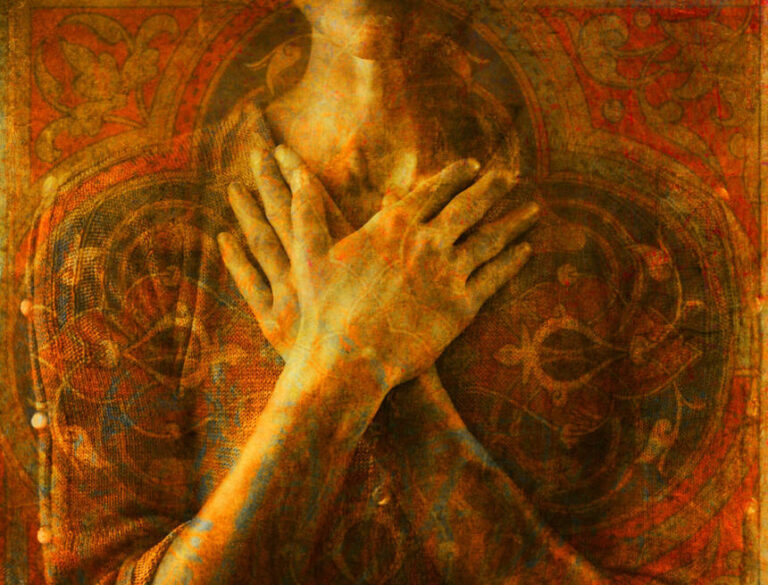


 “Real compassion kicks butt and takes names and is not pleasant on certain days. If you are not ready for this FIRE, then find a new-age, sweetness and light, perpetually smiling teacher and learn to relabel your ego with spiritual sounding terms. But, stay away from those who practice REAL COMPASSION, because they will fry your ass, my friend.” ~ Ken Wilber
“Real compassion kicks butt and takes names and is not pleasant on certain days. If you are not ready for this FIRE, then find a new-age, sweetness and light, perpetually smiling teacher and learn to relabel your ego with spiritual sounding terms. But, stay away from those who practice REAL COMPASSION, because they will fry your ass, my friend.” ~ Ken Wilber





